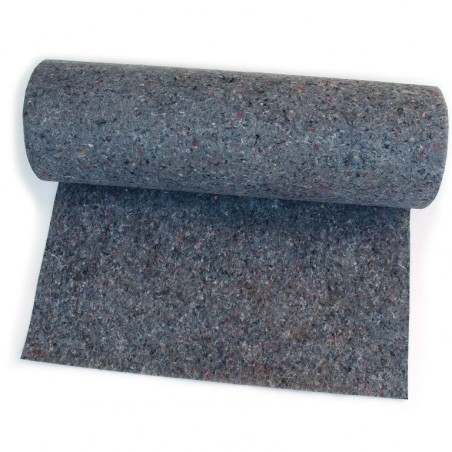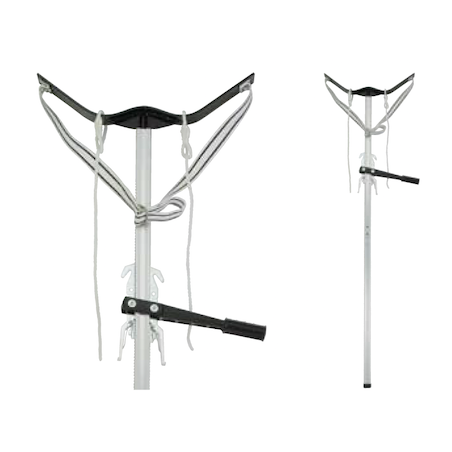The aim of this study was to investigate the effect of feeding frequency and time given similar quantity of feed per kilogram (BW0.75) during gestation on sow and subsequent litter performance. One hundred and thirteen sows [(Landrace × Yorkshire); initial BW 208.75 ± 4.14 kg; parity 3.90 ± 0.58; backfat (BF) 12.88 ± 0.72 mm] were blocked by BW, BF, and farrowing date and randomly assigned to 1 of 5 treatments in a randomized complete block design. Gestating sows were provided a common corn-soybean meal-based diet once [07:30 (Control, T1), 11:30 (T2), or 15:30 h (T3)], twice [half ration at 07:30 and 15:30 h (T4)], or thrice [one third portion at 07:30, 11:30, and 15:30 h (T5)]. On average, sows were given 6834, 7206, and 7531 kcal ME d−1 during d 30 to 60, d 61 to 90, and d 91 to 109 of gestation, respectively. The daily feed quantity during each period was calculated by multiplying the kilogram BW0.75 of d 30, 60, and 90 by 1.25 MEm (NRC, 2012), divided by kcal of ME/kg of diet. One common lactation diet was provided to the sows during lactation. The gestation diet was formulated to contain 3188 kcal of ME/kg, 0.75% Ca, 0.59% total P, 0.57% SID Lys, 0.24% SID Met, 0.46% SID Thr, 0.14% SID Trp, and 0.47% SID Met+Cys. BW and BF were recorded on d 30, 60, 90, and 109 of gestation, 24 h after farrowing, and at weaning.
Thrice feeding during gestation tended to be associated with high mummified fetuses compared with the control (0.11 ± 0.01 vs. 0.48 ± 0.01). Sows fed twice daily in gestation lost a significant amount of backfat during lactation compared to the control (−0.34 ± 0.41 vs. −1.38 ± 0.37 mm) but similar to sows fed thrice a day. Sows fed once at 15:30 had a tendency to have lower reduction in body weight change from d 109 post-insemination to 24 hr postpartum relative to the control (−18.33 ± 3.5 vs. −9.83 ± 3.1 kg), although they had similar litter size (12.28 ± 0.84 vs. 12.46 ± 0.76) and average birth weight (1.45 ± 0.05 vs. 1.41 ± 0.04 kg).

In conclusion, feeding gestating sows more than once a day in small allotments did not influence sow reproductive performance.
Manu, H., Ren, P., Pangeni, D., Tostenson, B., Yang, X., Tekeste, A., Su Hyup, L. and Baidoo, S. K. (2017). 066 Effects of frequency and time of feeding during gestation on sow and litter performance. Journal of Animal Science, 95(supplement2), 31-31. https://doi:10.2527/asasmw.2017.066






